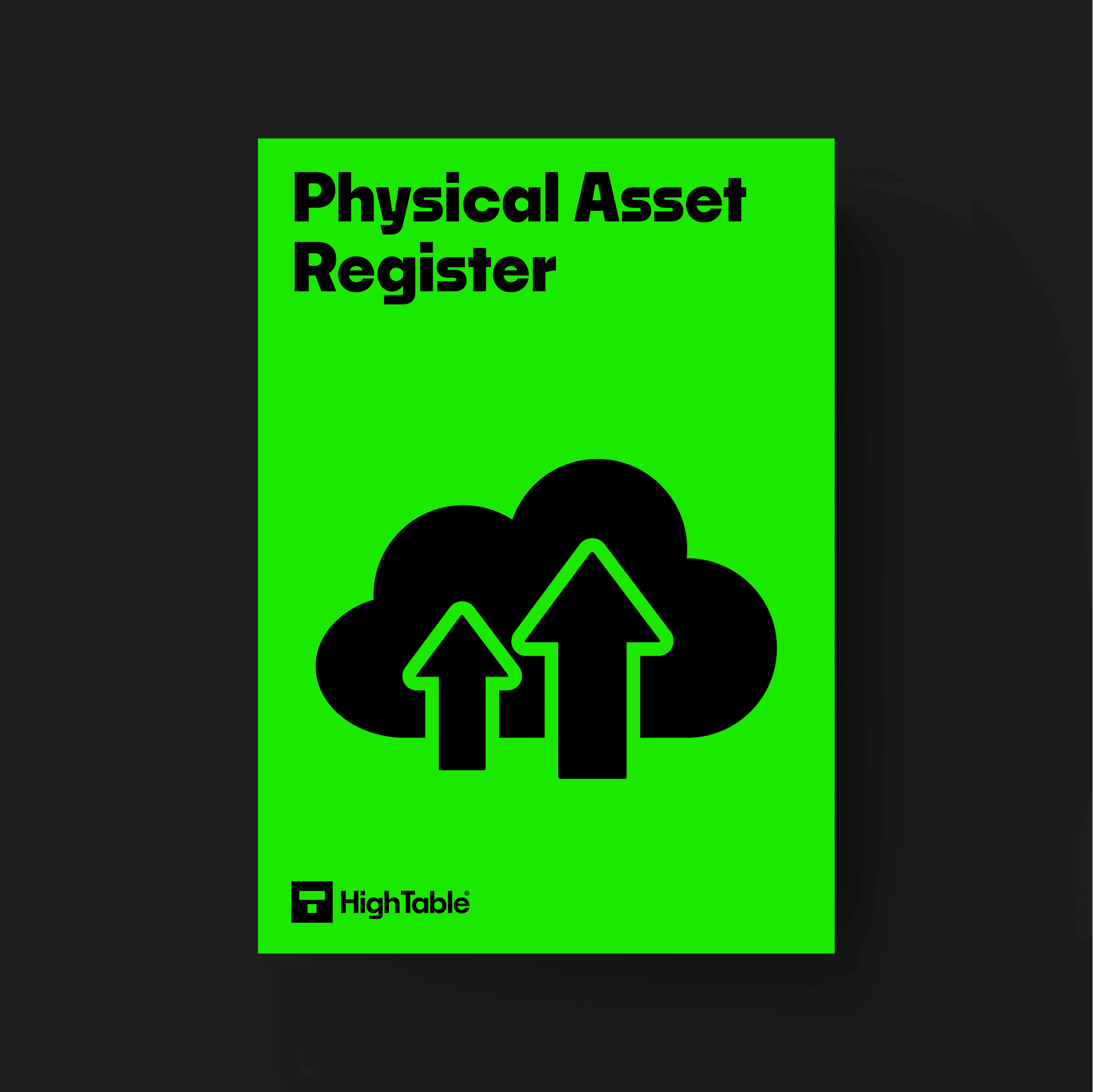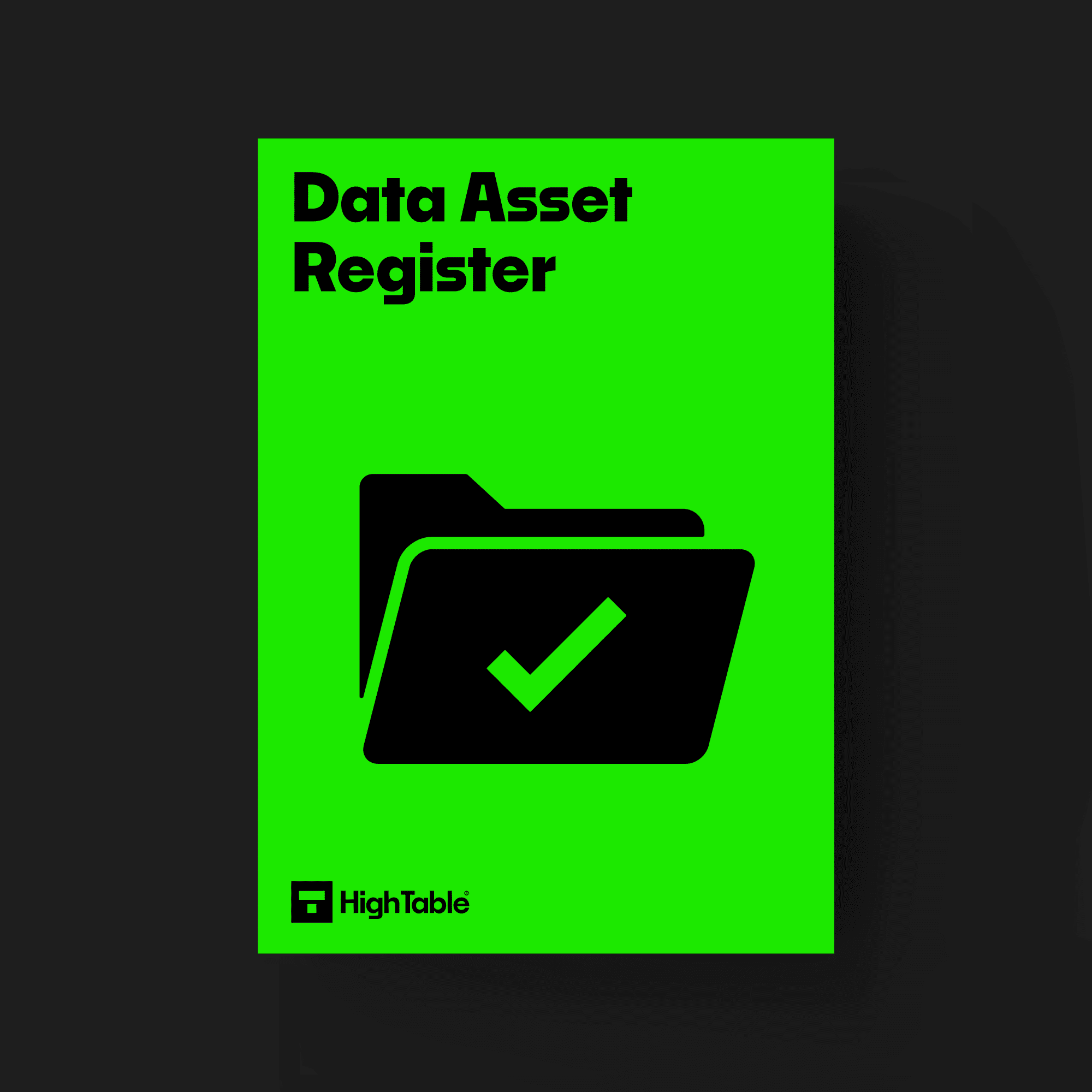In this ultimate guide to ISO 27001 Annex A 5.11 Return Of Assets you will learn
- What is ISO 27001 Annex A 5.11?
- How to implement ISO 27001 Annex A 5.11
I am Stuart Barker, the ISO 27001 Ninja and author of the Ultimate ISO 27001 Toolkit.
With over 30 years industry experience I will show you what’s new, give you ISO 27001 templates, show you examples, do a walkthrough and show you how to implement it for ISO 27001 certification.
Table of contents
What is ISO 27001 Annex A 5.11?
ISO 27001 Annex A 5.11 Return of Assets is an ISO 27001 Annex A control that requires that people with organisation assets should return them when they leave.
Purpose
The purpose of ISO 27001 Annex A 5.11 is to ensure you protect the organisations assets as part of the process of changing or terminating employment, contract or agreement.
Definition
The ISO 27001 standard defines ISO 27001 Annex A 5.11 as:
Personnel and other interested parties as appropriate should return all the organisation’s assets in their possession upon change or termination of their employment, contract or agreement.
ISO 27001:2022 Annex A 5.11 Return of Assets
Implementation Guide
You are going to have to
- Have an Asset Management Policy that sets out what you do for asset management
- Put in place an asset management process that describes exactly what you do through the asset management lifecycle
- Keep an asset register up to date that shows who is allocated what asset – which we covered in ISO 27001 Annex A 5.9 Inventory Of Information And Other Associated Assets Beginner’s Guide
- Put in place rules for the acceptable use of assets – which we covered in ISO 27001 Annex A 5.10 Acceptable Use Of Information And Other Associated Assets Beginner’s Guide
- Have legal contracts for employees and third parties that include clauses about assets, what they can do with them and that they must return them on termination
- Have a HR Starter, Leaver, Mover process that covers assets
You will need a process for people to return assets to you when they leave or your contract ends with them.
It is simple and straight forward but there a couple of steps to put in place first.
Consider that the employee that leaves.
Do we know what they have? Do they know they need to return it? How do they return it and in what time frame?
Watch the Tutorial
Watch How to implement ISO 27001 Annex A 5.11 Return Of Assets
ISO 27001 Templates
If you want to write these yourself I totally commend you. And pity you in equal measure. You could save months of effort with these ISO 27001 templates that take 25 years of experience and distill it in a pack of prewritten best practice awesomeness.
DO IT YOURSELF ISO 27001
All the templates, tools, support and knowledge you need to do it yourself.
How to comply
To comply with ISO 27001 Annex A 5.11 you are going to implement the ‘how’ to the ‘what’ the control is expecting. In short measure you are going to
- Put in place contracts with employees and third parties that covers the use and return of assets
- Implement your HR Starter, Leaver, Mover process that includes assets
- Allocate assets to individuals and maintain a record
- On termination of contract ensure the secure transport and return of the asset
- Implement a process to securely store returned assets before reuse or reallocation
- Consider the remote wiping, as appropriate, of assets and devices before transport when returning
- Where employees and third parties use their own devices ensures processes are in place and followed for the deletion of company data assets
- Consider the documentation and knowledge transfer from employees and third parties
- Put in place appropriate controls during the notice period to prevent copying of information and intellectual property
How to pass an audit
To pass an audit of ISO 27001 Annex A 5.11 you are going to make sure that you have followed the steps above in how to comply.
What the auditor will check
The audit is going to check a number of areas. Lets go through them
1. There is a starter, leaver, mover process
The audit will check you have a starter, leaver, mover process documented and that you are following it. It will check that the return of assets is included in that process. It will then seek evidence that it has been followed at least once. They will randomly choose a sample of leavers and ask you to walk through what you did when you left. They are checking that you followed your written process and have evidence that the assets were returned.
2. There is an up to date asset register
The asset register will be checked to see that it meets the requirements of the standard and as a minimum that assets are allocated to owners. Where assets are returned, even if not reallocated, they will want to see that recorded in the asset register. They may then ask questions arounds the physical security of stored assets – such as are they locked away, who has access, what is the process for secure disposal / destruction.
3. Contracts are in place
They are going to look at your employee contracts and your third party contracts and see if the return of assets is mentioned and covered. There are other security clauses that are required, but where appropriate, they want to see that contracts cover the return of assets. This can include the deletion of data and information where personal or Bring Your Own Devices have been allowed and used. It would be sensible for them to sample any BYOD devices that belong to people that have left to ask you how you ensured data was deleted. Clearly they will not audit the actually device but the process you went through and the assurances that you got.
Top 3 Mistakes People Make
The top 3 Mistakes People Make For ISO 27001 Annex A 5.11 are
1. Your asset register is not up to date
Either not having an asset register, an asset register that does not record all devices or an asset register that is out of date is the number 1 mistake people make. Usually as it is admin step that can get lost in the course of running a business.
2. Assets were not destroyed securely
Not a direct response to the the return of assets but they do check secure destruction and that it followed process. It is a common for organisations to have a room full of old assets that they do not know what to do with so keep them for ever. It can be a nightmare in time as no one knows why we keep them, what is on them and if we need them which brings up legal, regulatory and contractual issues.
3. Your document and version control is wrong
Keeping your document version control up to date, making sure that version numbers match where used, having a review evidenced in the last 12 months, having documents that have no comments in are all good practices.
FAQ
For ISO 27001 Annex A 5.11 Return of Assets you will need the ISO 27001 Asset Management Policy
ISO 27001 Annex A 5.11 Return of Assets is important because those assets likely contain confidential data, data covered by laws such as the GDPR / Data Protection Laws and intellectual property. The job of information security is the protection of confidentiality, integrity and availability of data that can all be compromised when a contract with an employee or third party ends and yet they still have access and copies of information. There is also the financial cost of the asset itself which sits in the accounts.
It is your responsibility to ensure that when the contract ends with the employee or third party that all company data assets have been securely destroyed and deleted. You will also ensure that all access has been removed.
This can be a good practice to adopt. It removes the risk of the asset going missing in transit. If appropriate to you and your situation we would encourage this best practice.
There are templates for ISO 27001 Annex A 5.11 located in the ISO 27001 Toolkit
ISO 27001 Annex A 5.11 Sample PDF is in the ISO 27001 Toolkit
Yes. Whilst the ISO 27001 Annex A clauses are for consideration to be included in your Statement of Applicability there is no reason we can think of that would allow you to exclude ISO 27001 Annex A 5.11. Asset Management and the return of assets are a fundamental part of any information security defence and control. They are a fundamental part of any information security management system. They are explicitly required for ISO 27001.
Yes. You can write the policies for ISO 27001 Annex A 5.11 yourself. You will need a copy of the standard and approximately 3 days of time to do it. It would be advantageous to have a background in information security management systems. There are a number of documents you will require as well as the policy for role based access control. Alternatively you can download them in the ISO 27001 Toolkit
ISO 27001 templates for ISO 27001 Annex A 5.11 are located in the ISO 27001 Toolkit
ISO 27001 Annex A 5.11 is not particularly hard. It can take a lot of time if you are doing it yourself but it is not technically very hard. You are going to implement and asset management policy, put in place a stater leaver mover process, have an up to date asset register, have contracts in place and ensure assets are returned at the end of contracts.Fairly straightforward. We would recommend templates to fast track your implementation.
ISO 27001 Annex A 5.11 will take approximately 5 days to complete if you are starting from nothing and doing it yourself. With an ISO 27001 Toolkit it should take you less than 1 day.
The cost of ISO 27001 Annex A 5.11 will depend how you go about it. If you do it yourself it will be free but will take you about 5 days so the cost is lost opportunity cost as you tie up resource doing something that can easily be downloaded. If you download an ISO 27001 Policy Template toolkit then you are looking at a couple of hundred pounds / dollars.
ISO 27001 Controls and Attribute Values
| Control type | Information security properties | Cybersecurity concepts | Operational capabilities | Security domains |
|---|---|---|---|---|
| Preventive | Confidentiality | Protect | Asset management | Protection |
| Integrity | ||||
| Availability |





